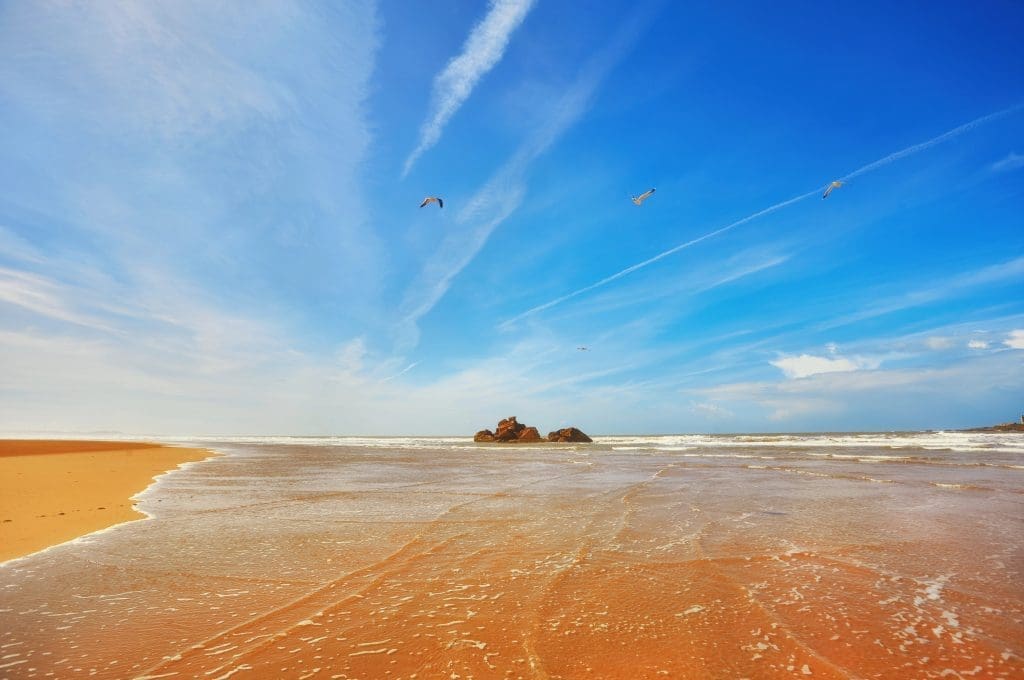Morocco is a captivating country that offers a unique blend of ancient history, vibrant culture, and stunning landscapes. Whether you’re interested in exploring bustling cities, hiking through the Atlas Mountains, or relaxing on pristine beaches, Morocco has something for everyone. However, choosing the best time to visit can make all the difference in your overall experience. In this guide, we’ll explore the ideal times to plan your trip to Morocco for an unforgettable adventure.
Understanding Morocco’s Climate
Morocco’s climate varies depending on the region and time of year. The country experiences four distinct seasons: spring (March to May), summer (June to August), autumn (September to November), and winter (December to February). While the coastal areas enjoy a Mediterranean climate with mild temperatures, the interior regions can experience more extreme weather conditions.

The Best Seasons for Sightseeing
If your primary goal is to explore Morocco’s cities and historical sites , the best time to visit is during spring or autumn. During these seasons, temperatures are pleasant, ranging from the mid-60s to low 80s Fahrenheit (18-27°C). This makes it comfortable to wander through the winding streets of Marrakech, admire the intricate architecture of Fes, or discover the ancient ruins of Volubilis.
Ideal Conditions for Outdoor Adventures
For those seeking outdoor adventures, such as hiking in the Atlas Mountains or exploring the Sahara Desert, the best time to visit is from late autumn to early spring (November to April). During these months, temperatures are cooler, making it more comfortable for physical activities. Keep in mind that nighttime temperatures in the desert can drop significantly, so be prepared with warm clothing.
Enjoying Morocco’s Coastal Charm
If you’re dreaming of relaxing on Morocco’s beautiful beaches, the best time to visit is during the summer months (June to August). The coastal cities of Essaouira, Agadir, and Tangier experience warm temperatures and plenty of sunshine, perfect for swimming and sunbathing. However, keep in mind that this is also the peak tourist season, so expect larger crowds and higher prices.

Festive Celebrations and Cultural Events
Morocco hosts a variety of festivals and cultural events throughout the year. If you want to experience the country’s vibrant traditions, consider planning your trip around these celebrations. For example, the Fes Festival of World Sacred Music takes place in June, while the Marrakech International Film Festival is held in December. Ramadan, the Islamic holy month of fasting, can also be a fascinating time to visit, but keep in mind that some businesses may have limited hours during this period.
Shoulder Season: A Balance of Comfort and Value
If you’re looking for a balance between pleasant weather, fewer crowds, and better value, consider visiting Morocco during the shoulder season (April to May or September to November). During these months, temperatures are mild, and tourist numbers are lower compared to the peak summer season. This can result in more affordable accommodations and a more intimate experience of the country’s attractions.
Off the Beaten Path: Embracing the Unexpected
While it’s essential to consider the best times to visit Morocco based on your interests and preferences, don’t be afraid to embrace the unexpected. Each season offers its own unique charm, from the lush greenery of the spring to the cozy evenings of the winter. No matter when you choose to embark on your Morocco adventure tour, keep an open mind and be prepared to immerse yourself in the country’s rich culture and stunning beauty.
Morocco is a year-round destination that offers a wealth of experiences for every type of traveler. By understanding the country’s climate, seasonal highlights, and cultural events, you can plan your trip to make the most of your time in this enchanting land. Whether you’re seeking adventure, relaxation, or cultural immersion, Morocco is sure to leave you with unforgettable memories.


